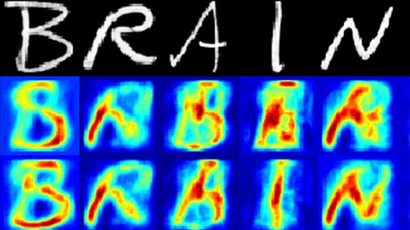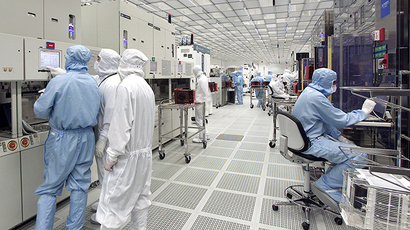Internal clock that measures aging discovered in DNA

US scientists have discovered an internal clock in our DNA that could measure the biological age of organs or cancer cells while helping researchers discover ways to slow down the aging process.
The internal mechanism shows that different parts of our body age
faster or slower, according to a study published in the Genome Biology
journal on Monday.
The “epigenetic clock," discovered by UCLA professor of
human genetics Steve Horvath and his team, has revealed that the
age of diseased tissues are much older than healthy tissues in
the body.
It found that women’s breast tissue ages faster than other
tissues, which could explain why breast cancer is very common
among women. It was discovered that cancerous breast tissue is on
average 36 years older than other tissue.
Horvath also developed the DNA Methylation Age Calculator, a
software program that predicts the DNAm age of tissue.
As part of his research, Horvath studied nearly 8,000 samples of
51 different healthy and cancerous cells and tissues. He used
methylation, a process that chemically modifies DNA and causes it
to change over time.
Based on the changes that were observed in those tissues, the
scientist was able to identify 353 DNA markers from 51 cell types
that change as people age. This could be used as a biological
clock, spinning faster in the years up to around age 20, then
slowing down.
Though the study is preliminary, it may be used in the future as
an anti-aging tool.
“In the same way our circadian clocks keep track of hours,
this new epigenetic clock keeps track of years,” said
Horvath, as quoted by Forbes. “Can it be used as an anti-aging
tool? That’s an exciting question we need to answer.”
The study also shows that the biological clock was reset to zero
when cells were plucked from an adult and reprogrammed back to a
stem-cell-like state.
"It provides a proof of concept that one can reset the
clock," noted Horvath.
The process for converting adult cells into stem cells which can
grow into any tissue won the Nobel Prize in 2012. The method was
discovered by Cambridge University’s Sir John Gurdon and Kyoto
University’s Shinya Yamanaka.













